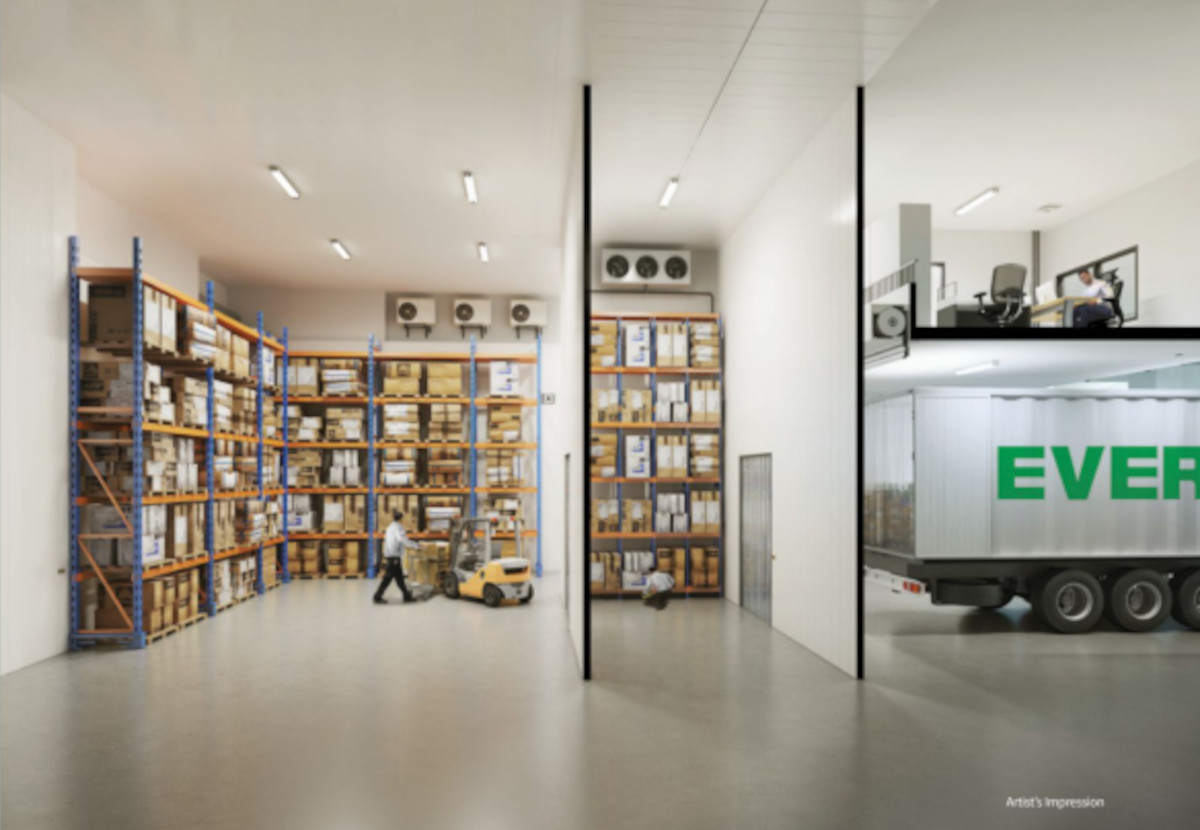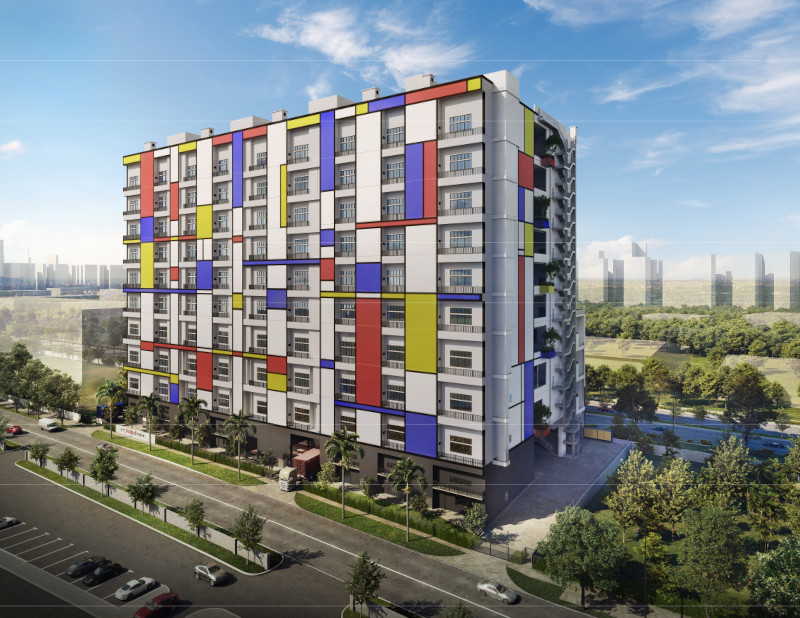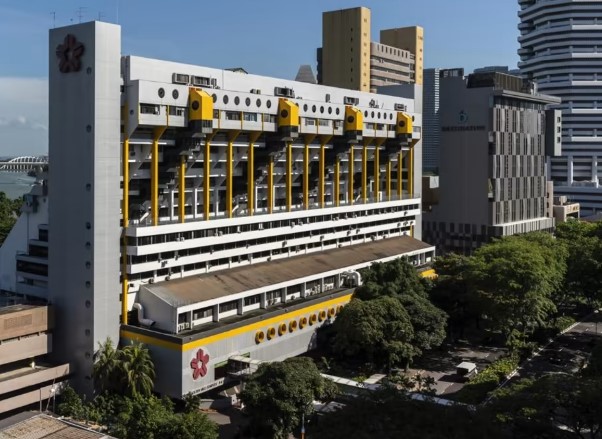

The Revolution of the Food Factory
The phrase “food factory” may evoke visions of enormous, automated manufacturing plants producing packaged products. Although it is somewhat accurate, the food processing industry has undergone significant change. Food factories nowadays include a broad spectrum of businesses, from large-scale processing facilities to little artisanal bakeries.
Purchasing a food factory is akin to obtaining a portion of the food business, which is unquestionably one of the most essential and durable economic sectors. Food is a constant requirement for humans, which makes it an exceptionally stable industry to invest in.
The Benefits of Freehold Property

Why therefore choose to invest in a freehold food plant specifically? Let’s examine the main factors that appeal to it as a potential.
- Possession and Authority: Purchasing a freehold food factory gives you total ownership and management over the business, in addition to being a real estate investment. This implies that there are no outside constraints on your ability to decide how the factory will operate, be laid out, or develop in the future.
- Consistent Rental Revenue: Leasing your freehold food plant to a food business is one way to make money off of it. This may provide you a consistent flow of rental income, bringing security to your finances and earning returns on your investment.
- Extended-Term Investment: Purchasing a freehold food plant requires significant long-term investment. You won’t have to make snap judgements or continuously watch the market as you would with certain other types of investing. It might be comforting to have this steadiness, particularly during difficult economic times.
Growing Demand in Food Factory


Due to the hectic nature of modern life, more and more individuals are choosing quick, prepared meals. Due to this tendency, there is a significant market for food makers as the demand for packaged and processed food items has increased.
There have been notable advancements in food processing due to the use of technology. Modern technology and automation improve product quality in addition to increasing manufacturing efficiency.
The food business is governed by strict laws that guarantee the quality and safety of its products. Purchasing a freehold food plant is in line with these requirements since it gives you authority over the production process and compliance guidelines.
Financial Advantages of Food Factories
Purchasing a freehold food plant may provide many financial advantages, such as:
- Appreciation of Capital: Freehold homes often increase in value over time. This implies that your food factory’s worth may rise sharply, perhaps resulting in substantial cash profits.
- Expansion: One essential tactic for controlling investment risk is diversification. Including a physical asset in your portfolio, such as a food factory, may help distribute risk and perhaps boost total returns.
- Consistent Revenue: A freehold food factory may provide a consistent revenue stream and a dependable return on your investment, regardless of whether you decide to manage the facility yourself or lease it to a food manufacturer.
Obstacles and Things to Consider
Every investment has risks and things to think about. It’s important to understand the dangers and other variables that can affect your investment.
- The volatility of the market: Even though the food production sector is usually steady, changes in consumer tastes or economic downturns may nevertheless have an impact on it. It is crucial to be ready for these kinds of shifts.
- Adherence to Regulations: Strict rules that apply to the food business are prone to change over time. Maintaining compliance and being current are essential to avoid any legal problems.
- Costs of Maintenance: The upkeep and maintenance of a freehold food facility will fall within your purview as the owner. To guarantee the property’s durability and functioning, you must budget for these expenses.
- Risk to Tenant: There is always a chance that a food company you select to lease your plant to would default on the lease or not pay. It’s crucial to investigate potential renters thoroughly.
- Outcome Planning: When investing in a freehold food plant, think about your exit plan. It’s important to have a clear strategy in place whether you want to transfer ownership or sell the home in the future.
Understanding the 30 by 30 Goal
The concept of “30 by 30 self-sufficient food in Singapore” refers to the ambitious goal of Singapore to produce 30% of its nutritional needs locally by the year 2030. This initiative aims to enhance Singapore’s food security and reduce its reliance on food imports, given its limited land area and vulnerability to external food supply disruptions.
Why is Singapore Pursuing 30 by 30?
- Food Security: Singapore’s dependence on food imports leaves it vulnerable to global supply chain disruptions, as seen during the COVID-19 pandemic. Achieving 30 by 30 aims to enhance the country’s food security by ensuring a stable supply of essential food items.
- Economic Resilience: Building a self-sufficient food ecosystem can boost the country’s economic resilience. It can create jobs, stimulate innovation, and reduce the impact of external economic shocks on the food supply chain.
- Environmental Sustainability: Producing more food locally can reduce the carbon footprint associated with long-distance food transportation. It aligns with Singapore’s commitment to sustainability and environmental responsibility.
Progress and Future Outlook
Singapore has made significant strides towards its 30 by 30 goal. Initiatives like the Agri-Food Innovation Park, which supports urban farming and food production innovation, and the development of high-tech vertical farms have shown promise.
The COVID-19 pandemic has further underscored the importance of food security, accelerating efforts to achieve self-sufficiency with more food factories being build. Singapore has also entered into partnerships with neighboring countries to secure a diversified food supply.
As Singapore continues to invest in research, technology, and sustainable practices, it is well-positioned to make substantial progress towards its 30 by 30 self-sufficient food goal by 2030.
Singapore’s pursuit of self-sufficiency in food production with the 30 by 30 goal is a commendable and necessary endeavor in line with various new food factories being launched to fulfill demand. While it faces challenges related to limited land, resources, and changing consumer preferences, the country’s commitment to innovation and sustainability offers a hopeful path forward. Achieving self-sufficiency in food production will not only enhance food security but also contribute to economic resilience and environmental sustainability.







